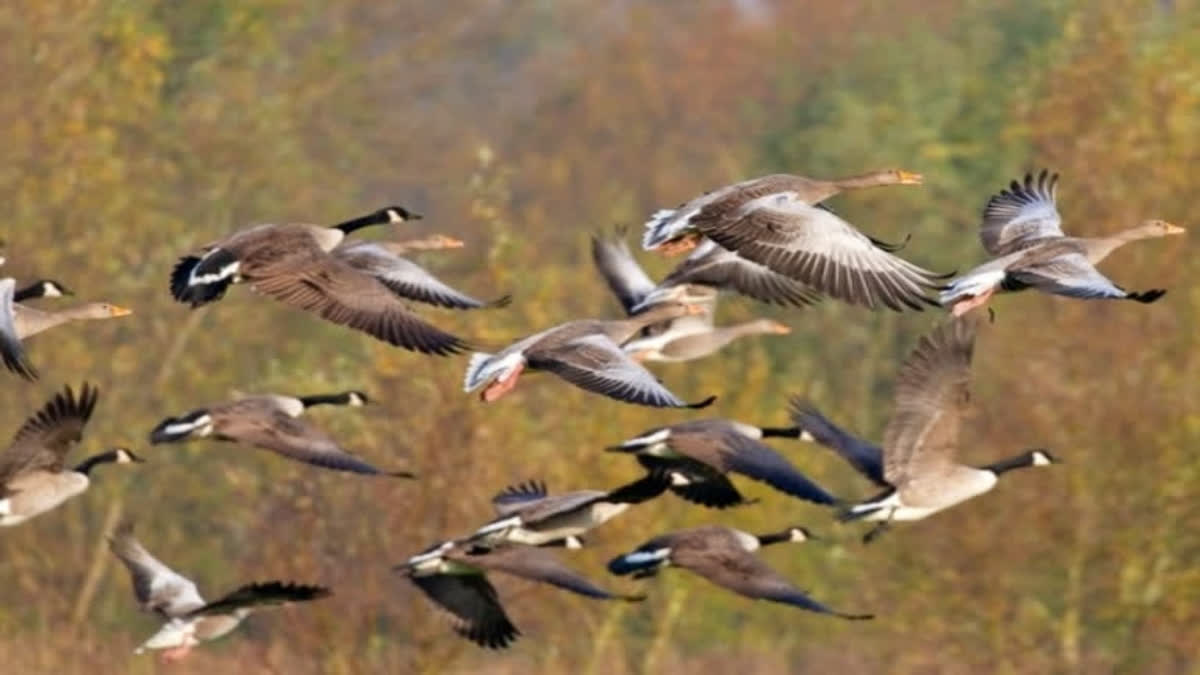New Delhi: Severe space weather events have been linked to a 9-17 per cent lowering in the numbers of migrating birds, in both spring and fall, according to new research.
Space weather events such as solar flares and other energetic outbursts cause periodic disruptions to Earth's magnetic field, which migratory birds rely on for long-distance navigation.
The remaining birds that chose to migrate during such events seemed to experience more difficulty navigating, especially under overcast conditions in autumn, the researchers from the University of Michigan (U-M), US, said in their study that used a 23-year dataset of bird migration across the Great Plains, a major migratory corridor, for analysis.
"Our findings highlight how animal decisions are dependent on environmental conditions - including those that we as humans cannot perceive, such as geomagnetic disturbances - and that these behaviours influence population-level patterns of animal movement," said Eric Gulson-Castillo, lead author of the study published in the journal Proceedings of the National Academy of Sciences.
For their analysis, the researchers used images collected at 37 radar stations in the Great Plains' central flyway, spanning more than 1,600 kilometres from the US states of Texas to North Dakota. The flat terrain was selected for study to minimise influences from mountainous topography or oceanic coastlines.
The radar images or scans detect groups of hundreds to thousands of migrating birds, using which the migration intensity can be estimated and direction of flight can be measured, the researchers said in their study. The community of nocturnally migrating birds in this region is primarily composed of a diverse set of perching birds such as thrushes and warblers; shorebirds such as sandpipers and plovers; and waterfowl such as ducks, geese and swans.
